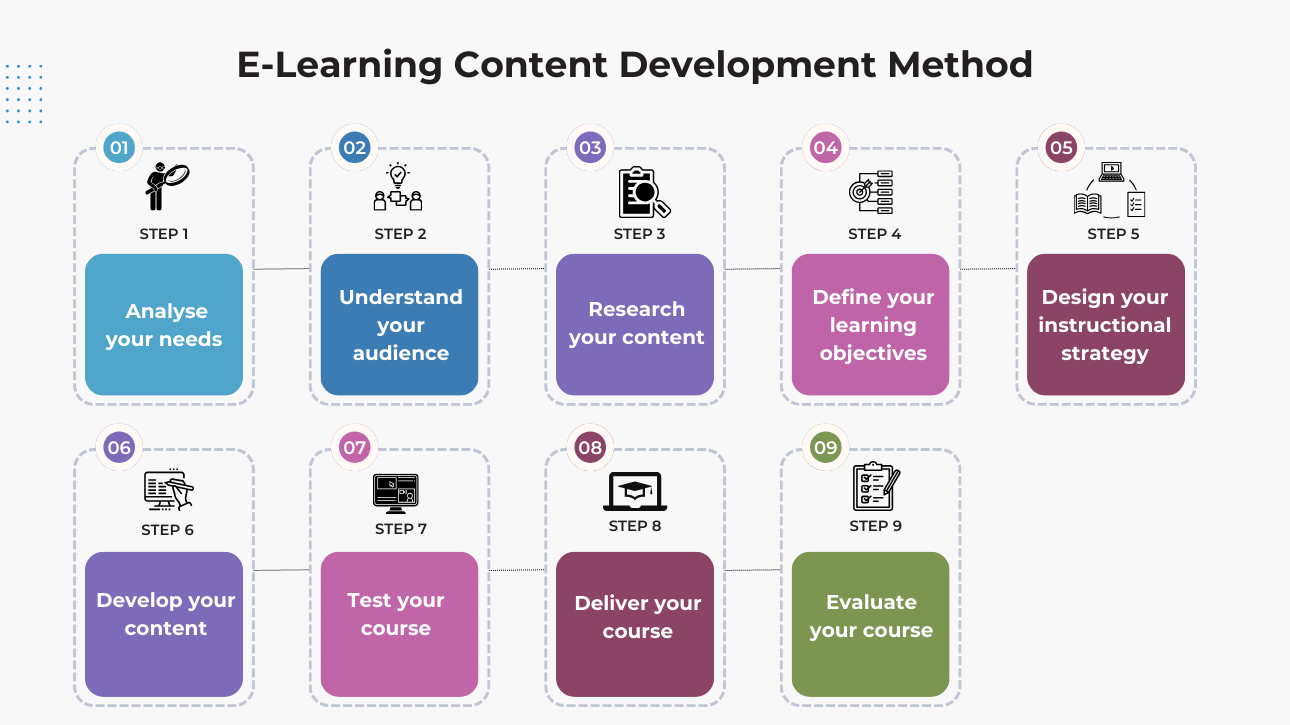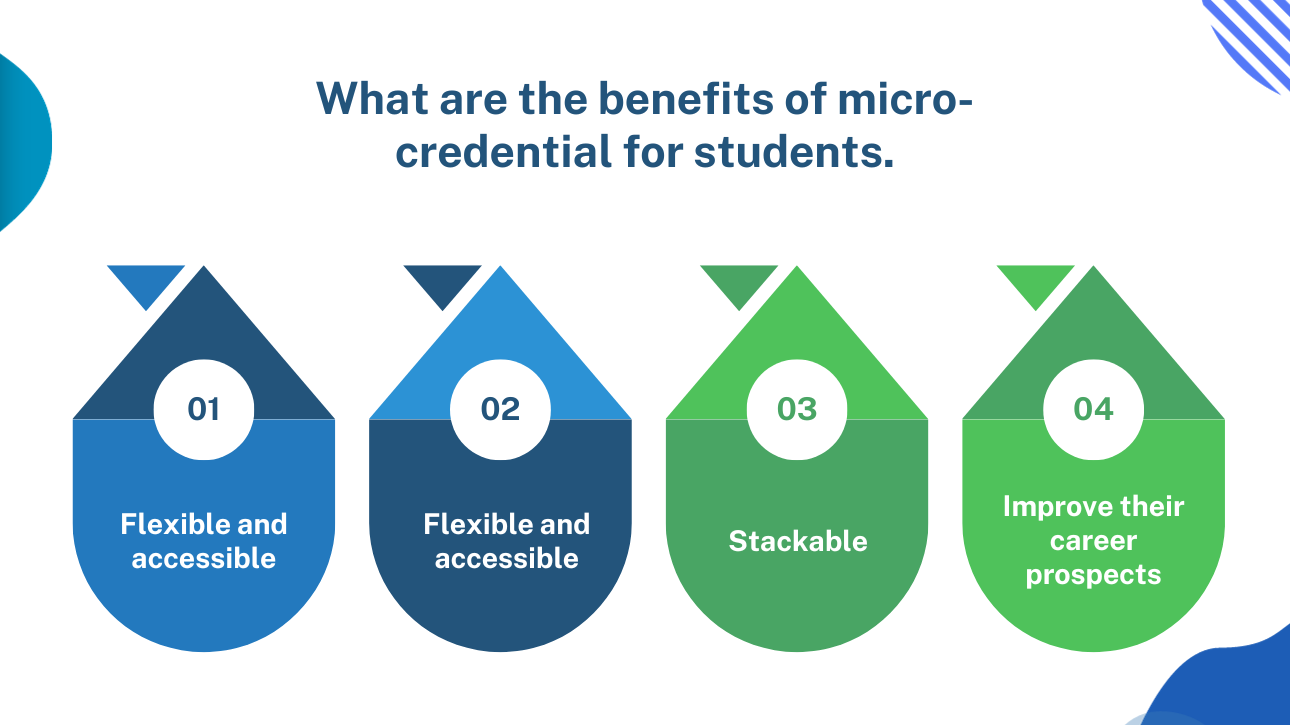Beverley Oliver, the principal consultant at Edu Brief, wrote an article, “Why the fuss about Micro-credentials?“. In the article, she discussed micro-credentials and their popularity with the Australian government. The article made it clear that micro credentials can potentially flourish careers, especially post-COVID-19.
At this point, micro credentials are known by many names, such as short courses, certifications, masterclasses, or specialisations. Regardless of their names, they are a hope to students who want to learn and make better careers.
As students are keen to enrol in micro-credentials, it is a golden opportunity for RTOs to scale their reach and attract more students. And that is why we have composed this blog to inform you all about it with your most asked questions at the end of the blog, so let’s begin.

What are Micro-credentials
There are many definitions and explanations for this question, but the best one we found is in the “Review of the Australian Qualifications Framework” “The definition was developed by Beverley Oliver. It says –
“A micro-credential is a certification of assessed learning that is additional, alternative, complementary to or a part of a formal qualification.”
The gaining popularity of micro-credentials is evident in the research report called “An analysis of micro-credentials in VET” by Bryan Palmer.
Highlights of the report “An analysis of micro-credentials in VET.”
To understand the highlights, you should know these terms beforehand –
subject bundles – groupings of common subjects taken by students
RTO-student pair – A student enrols in a ‘bundle’ of subjects at a single registered training organisation (RTO)
The research report intended to uncover the extent of skill sets or micro-credentials being undertaken by students in 2019, irrespective of their VET recognisation.
It was found that in 2019, more than 2.6 million students engaged with VET by enrolling in subject bundles, representing 62.7% of all students that year.
The typical engagement was short, with bundles of three subjects or fewer accounting for 89.5% of RTO-student pairs and four subjects or fewer accounting for 94.5%.
The typical engagement was undertaken at a private training provider (74.7% of the RTO-student pairs) or a community education provider (13.9%)
The entire report can be accessed here.
It must be clear to you now that it is a great opportunity for training providers to offer micro credentials.
Is every RTO eligible to offer micro-credential
Micro credentials for a non-accredited training course can be delivered by RTOs, an education provider, industry associations and any training provider.
For the delivery of nationally accredited courses by RTOs following their ASQA registration.
For more information about micro-credentials and their commission, visit “FAQs – South Australian Micro-credentials”
Now let us understand how you can incorporate micro-credentials in your course offerings.
Ways to include micro-credentials in your RTO course

- Filling emerging gaps in existing training packages. Learning Vault Head of Education, Toby Jones advises that micro-credentials can be used as fill-ups for training packages. These skills and knowledge could be a requirement of students or employers. Training packages can take a long time to be updated or released, so micro-credentials are used to fill any gaps in the knowledge and skills required for employment in a particular industry.
- Micro-credentials can be used to introduce students to new areas of study or provide them with a taste of a particular qualification. This can help students to decide whether they want to pursue a more extended qualification. For example, a micro credential at Curtin University is called Introduction to Creative and Professional Writing. This micro credential introduces students to publishing and professional writing. This course is short and allows students to decide if they are interested in writing.
- Micro-credentials can be offered to students as an optional extra after they have completed a course. It can allow students to specialise their skills further or to gain additional knowledge in a particular area. For example, there is a micro credential called Data Visualisation at Hawthorn. It helps students gain knowledge of business analytics and visualisation.
- Working with industry to build tailored learning. RTOs can work with industry partners to develop micro-credentials tailored to employers’ specific needs. It helps ensure that students learn the skills and knowledge most in demand in the workplace.
What are the benefits of micro-credential for students.

If you know how micro-credentials can benefit students, you can create a marketing plan on those lines and reach a larger audience. So, let us look at some benefits for students.
- Micro-credentials are flexible and accessible so learners can fit them around their other commitments. Micro-credentials can be offered online, in person, or in a blended format. They can also be offered part-time or full-time.
- Micro-credentials are affordable, making them a cost-effective way to upskill and reskill. The cost of micro-credentials varies depending on the provider and the duration of the program, but they are typically much less expensive than traditional qualifications.
- Micro-credentials are stackable, so learners can combine multiple micro-credentials to earn a higher-level qualification. Learners can gradually build their skills and knowledge at their own pace.
- Employers recognise micro-credentials so they can help learners to improve their career prospects. Micro-credentials demonstrate that learners have the skills and knowledge employers seek.
Conclusion
Micro-credentials offer a number of benefits for both RTOs and students. For RTOs, micro-credentials can help to attract and retain students, generate additional revenue, and improve their reputation. For students, micro-credentials are flexible, affordable, stackable, and recognised by employers.
Are you an RTO looking for quality RTO training resources? If yes, then VET Resources is your partner. We also have a YouTube Channel with videos on RTO related matters. We also offer free consultation to RTOs. For further information please contact here.
FAQs
Q.1. Why are micro-credentials popular?
A.1. Micro credentials are popular for their simplicity and flexibility in learning to their students. They offer numerous benefits for employers and their employees as well as the organisation.
Q.2. What is the history of micro-credentials?
A.2. Micro credentials were created as an answer to an issue organisation were facing. Businesses of all sizes were looking for short and targeted courses for their employees. They wanted their employees to learn new skills. That is how micro credentials.
Q.3. How can students enrol for micro credentials?
A.3. Students can enrol through various channels like online education portals like Coursera, universities and TAFE/RTOs.
Q.4. How many micro-credentials can students complete?
A.4. Students can do any number of micro credentials, but they should be eligible for it.
Suggested Read: VET Student Loans for RTOs: Everything You Need to Know
Disclaimer:
The information presented on the VET Resources blog is for general guidance only. While we strive for accuracy, we cannot guarantee the completeness or timeliness of the information. VET Resources is not responsible for any errors or omissions, or for the results obtained from the use of this information. Always consult a professional for advice tailored to your circumstances.






